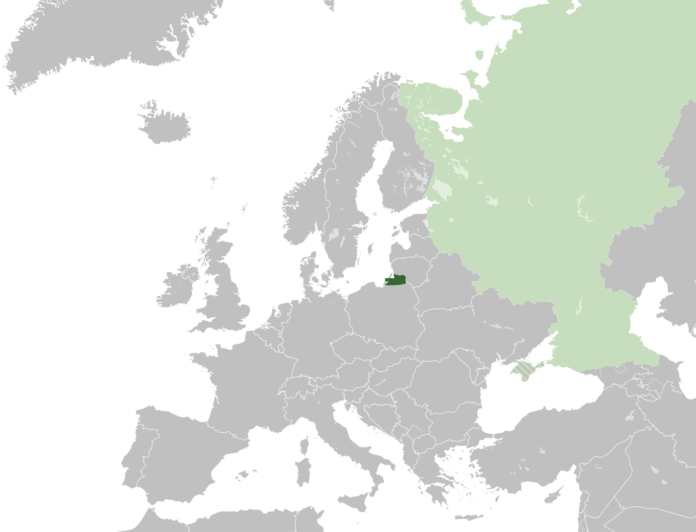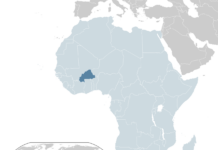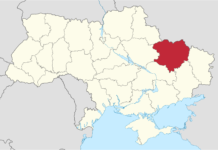The Kaliningrad Oblast stands as a unique geopolitical entity, nestled between Lithuania and Poland along the southeastern shore of the Baltic Sea. This Russian exclave, separated from the mainland by over 200 miles, presents a fascinating study in history, strategic military importance, and cultural amalgamation.
Established after World War II, when the Potsdam Agreement reassigned the northern part of East Prussia to the Soviet Union, Kaliningrad Oblast took its name from Mikhail Kalinin, a key Bolshevik leader. This area, once the heartland of the Teutonic Knights and later part of Prussia, carries layers of European history within its borders, showcased through its architecture, languages, and traditions.
Kaliningrad’s strategic military value cannot be overstated. Home to the Russian Baltic Fleet, it serves as a vital naval base and a forward military outpost of Russia within Europe. The presence of sophisticated missile systems and its role in regional security dynamics have often drawn international attention, illustrating its pivotal position in Russian defense strategy.
Economically, Kaliningrad Oblast exhibits a blend of opportunities and challenges. Its location offers significant advantages for trade and economic relations, particularly with its European Union neighbors. The region benefits from a special economic zone status, encouraging investment and industrial development in sectors such as manufacturing, shipping, and fishing. However, its separation from mainland Russia also complicates logistics, supply chains, and economic integration with the broader Russian economy.
Culturally, Kaliningrad is a mosaic of influences reflecting its diverse history. The Oblast retains several German architectural landmarks, such as the Königsberg Cathedral, alongside modern Russian developments, creating a unique urban landscape. This mix extends to the population, which, over the decades, has grown into a distinct identity that encapsulates both its past heritage and its current ties to Russia.
The environmental aspect of Kaliningrad Oblast is another area of interest, with the Curonian Spit being the most prominent natural feature. This UNESCO World Heritage site, shared with Lithuania, is a narrow sand dune strip that stretches into the Baltic Sea, known for its beauty and ecological importance. Efforts to preserve this delicate environment highlight the broader challenges of balancing development and natural conservation in the region.
Kaliningrad Oblast’s political status and geographical positioning have made it a focal point in Russia’s relations with Europe. Its unique status has led to various discussions about its role and future, especially in the context of broader geopolitical tensions. The enclave’s residents navigate a complex identity, being both gatekeepers of Russian presence in Europe and neighbors to EU countries, which influences local perspectives on issues ranging from international relations to everyday cross-border interactions.
In conclusion, Kaliningrad Oblast embodies a compelling confluence of history, strategy, and culture. Its story is not just about a piece of land but about the people who live there and their place in a broader geopolitical tapestry. As it continues to evolve, Kaliningrad will remain an essential point of interest for those studying the intricacies of European politics, Russian history, and international relations.
Dark Green: Kaliningrad Oblast
Light Green: Remainder of the Russian Federation (de jure) + Crimea (de facto; hashed area)
Image is licensed under the Creative Commons Attribution-Share Alike 3.0 Unported license and was created by Alphathon.










